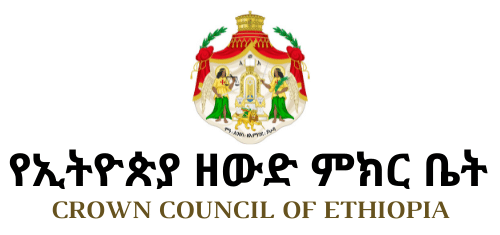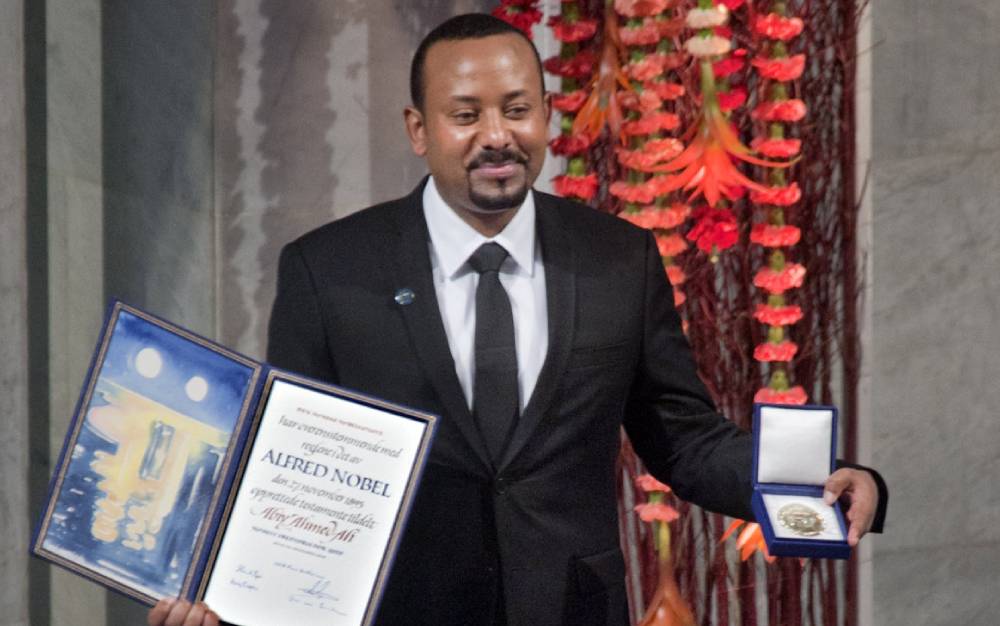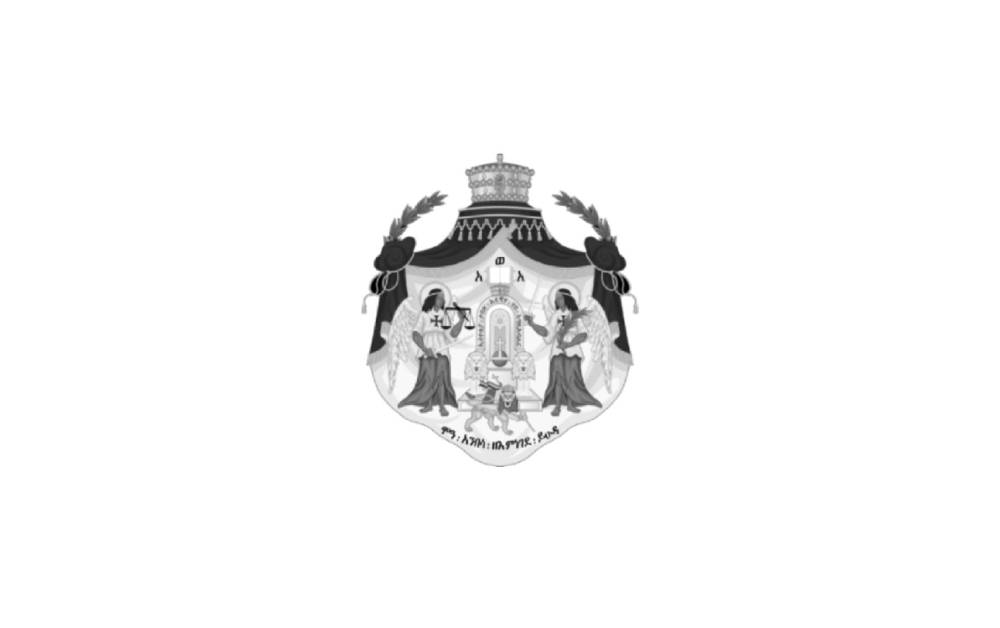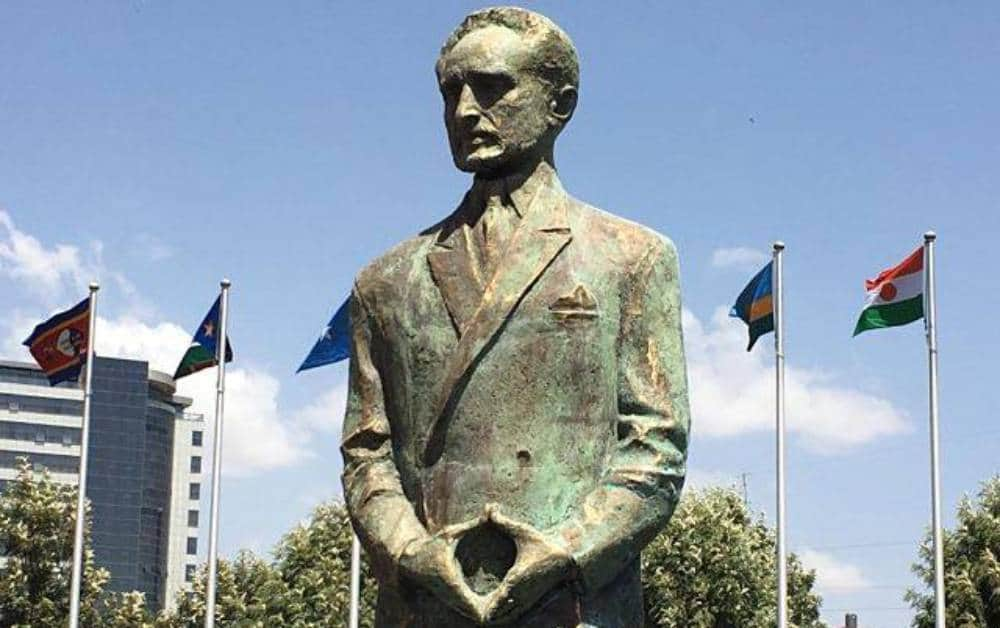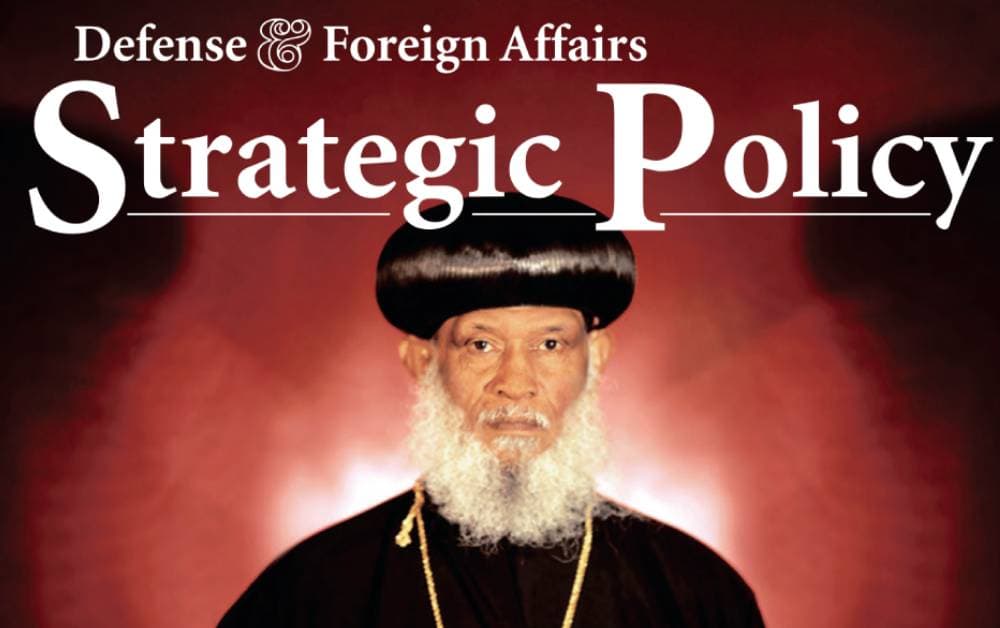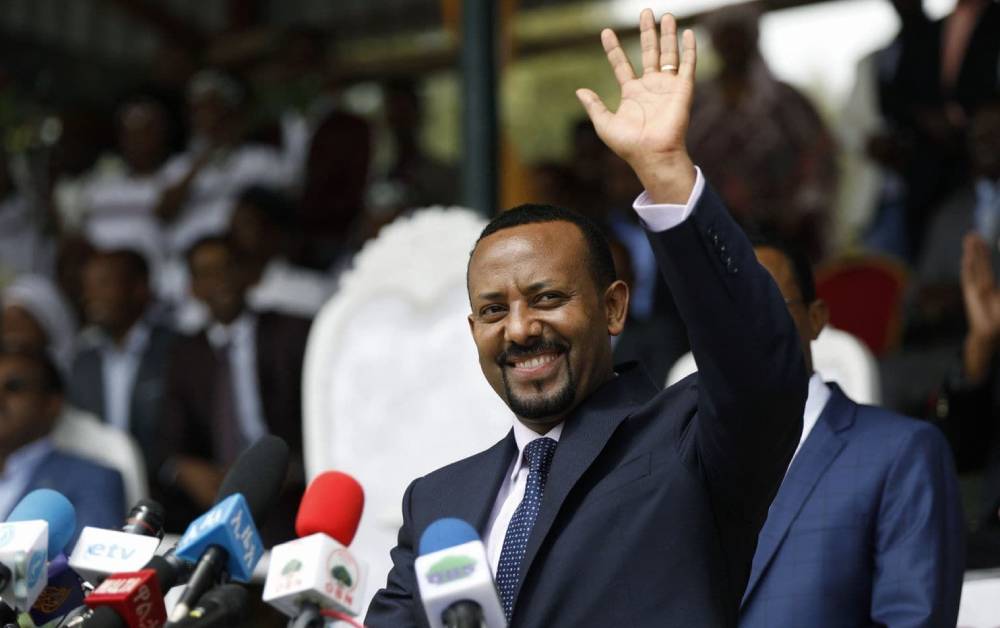A Statement from the Crown Council of Ethiopia by its President, His Imperial Highness Prince Ermias Sahle-Selassie Haile-Selassie
Ethiopians around the world share with joy the news that our Prime Minister, Dr Abiy Ahmed Ali, has been named the recipient of the 2019 Nobel Peace Prize.
The 27-year old journalist credits Abiy’s peace deal with Eritrea last year for reuniting him with his father. Like thousands of other families they had been separated by two decades of hostility with Ethiopia’s longtime enemy.The Award was specifically to recognize Dr Abiy’s “efforts to achieve peace and international cooperation, and in particular his decisive initiative to resolve the border conflict with neighboring Eritrea”.
We recognize that he took a vital step in the reconstruction not only of Ethiopia, but of our entire region of peoples of our common family. Dr Abiy’s gesture toward restoring familial relations with Eritrea was a genuine and spontaneous act of reconciliation between the peoples of Ethiopia and Eritrea. It was immediately reciprocated by the Eritrean People and leadership. It was a gesture based on the restoration of justice for individual people of our family of nations, and, as such, certainly merited recognition by the international community.
Dr Abiy’s action restored the unity of many families, and restored hope to so many people. It was, indeed, a vital early step in the reconstruction of the dignity, history, and mutual respect of all of the peoples of our great family.
The Crown Council not only applauds Dr Abiy and congratulates him for the Nobel Peace Prize, but urges that we all see this as the start of the restoration of the mutual respect with which all Ethiopians – and those of our extended family in Eritrea, Djibouti, and the Somali peoples – greet and treat each other. We join in urging respect for the great traditions and languages which make distinct each society of our family, knowing that we all share a common value and identity – our Ethiopianness, formal or informal – under which we can value the distinct pride of our various regions and their respective governments.
God Bless Prime Minister Abiy. God Bless Ethiopia.
